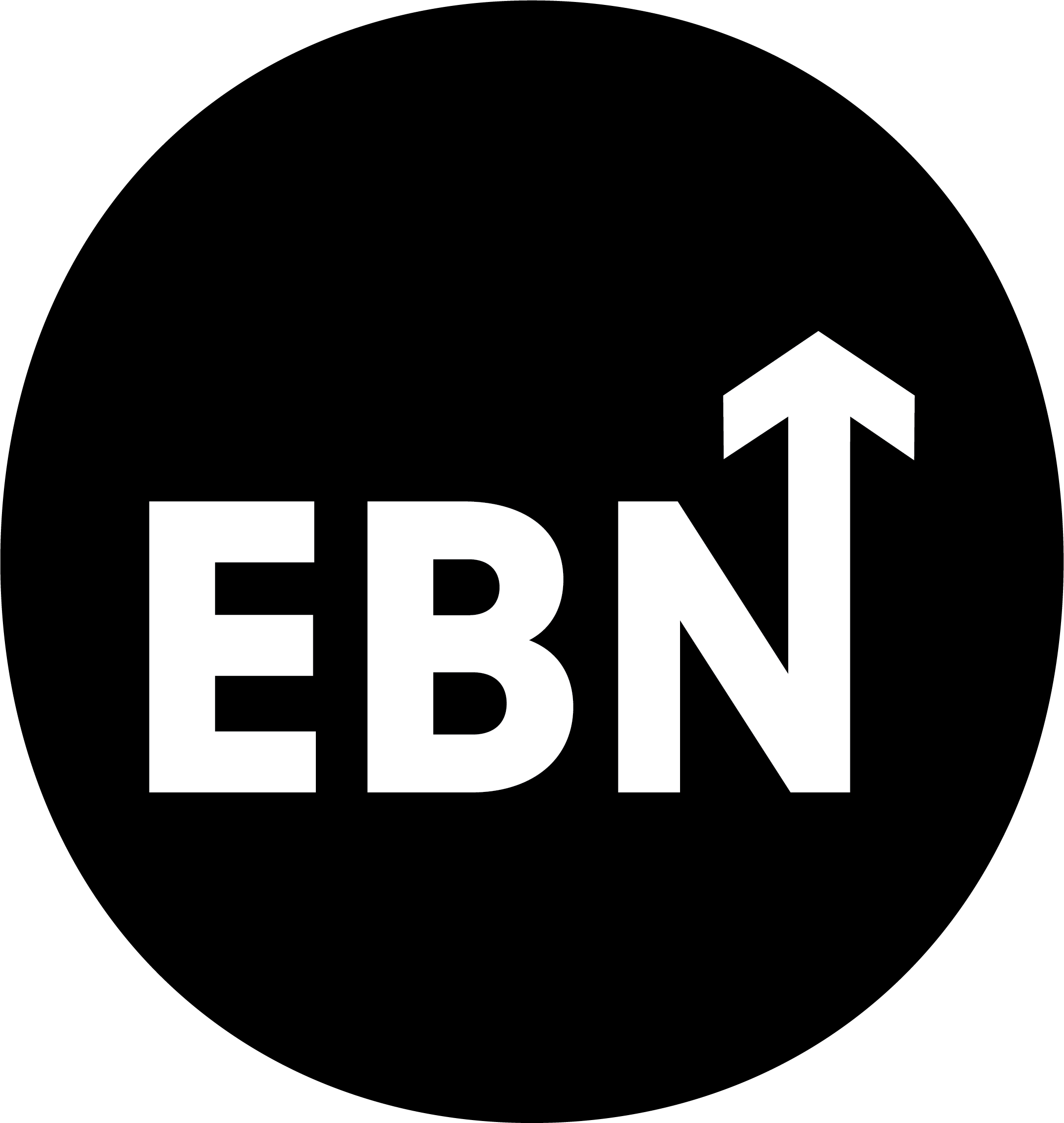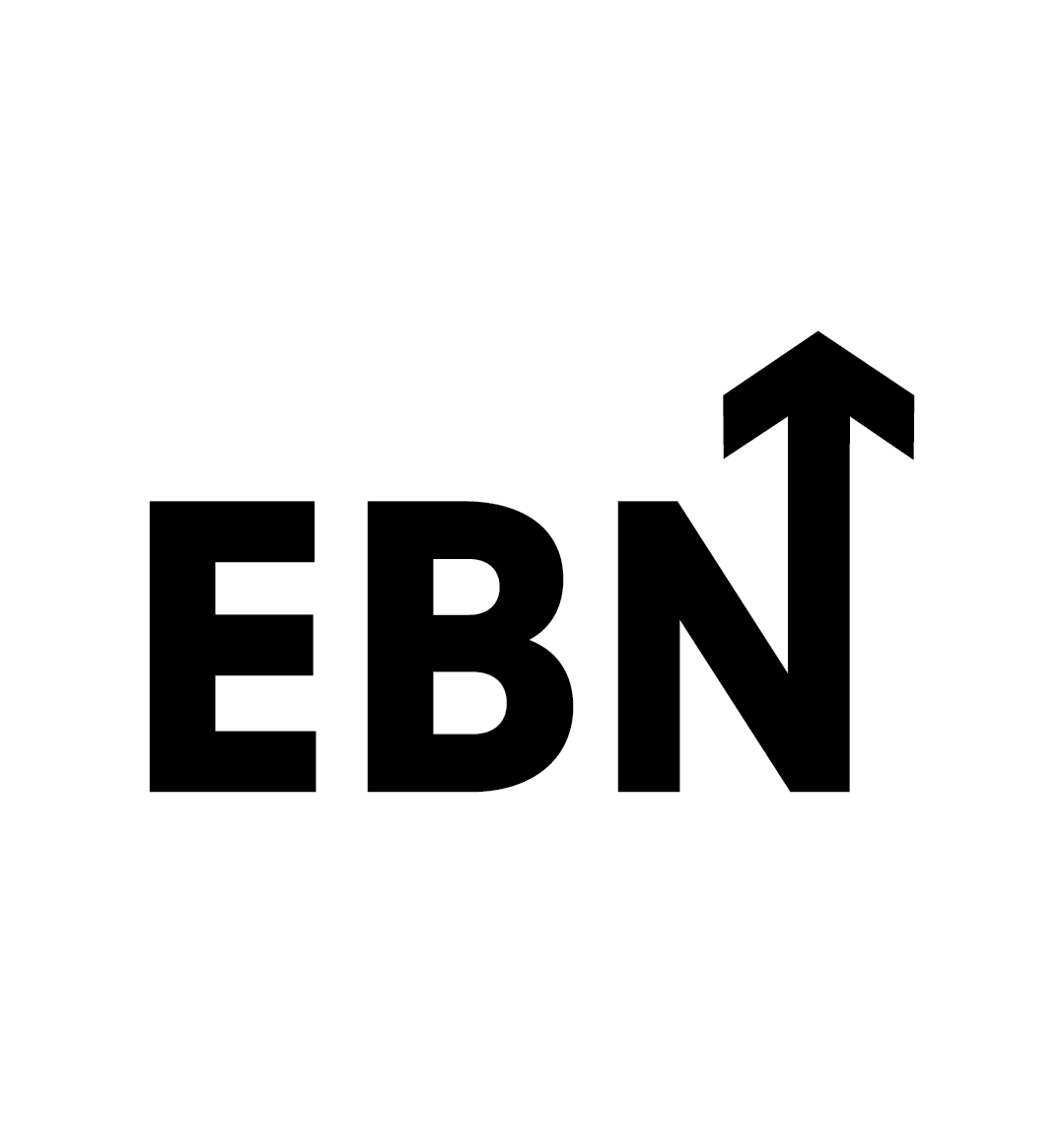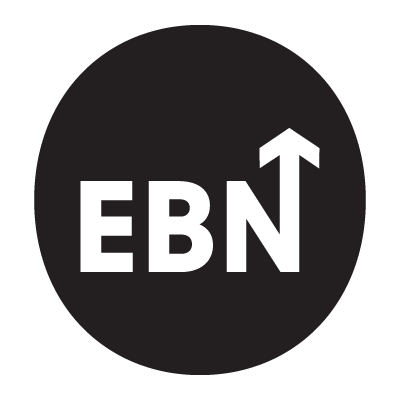The World Economic Forum’s Future of Jobs Report 2025 offers a revealing look into the evolving world of work, complete with its anxieties, contradictions, and urgent wake-up calls. For employer branding professionals, this is less of a crystal ball and more of a neon warning sign: adapt or become irrelevant.
While companies and employees seem to agree on some fundamentals (career progression, fair wages, and hybrid work), gaping disconnects remain. Employers are obsessed with reskilling and well-being initiatives, while employees are laser-focused on flexibility and financial security. As talent retention confidence drops to just 44%, the message is clear: organizations that don’t align their employer brand with actual workforce priorities are heading straight for a talent exodus.
Momentum isn’t always progress, especially when you always end up back where you started.
Fathom helps you escape the loop. With insight, not intuition.
So, is your employer brand strategy future-proof? Let’s unpack the data and find out.
Seismic Shifts: What the Future of Jobs 2025 Report Tells Us
1. AI is Reshaping the Workforce Faster Than Ever
- AI and automation are creating jobs in tech, security, and data science, while simultaneously displacing traditional roles in clerical work, graphic design, and customer service.
- The demand for AI-related skills is skyrocketing, but adoption remains uneven across industries.
2. Digital Access is the Most Transformative Trend
- 60% of employers expect expanding digital access to fundamentally reshape their business by 2030.
- Tech-related skills AI, big data, and cybersecurity, are among the fastest-growing in demand.
3. The Green Economy is Hiring, But Not Fast Enough
- The push for climate change mitigation and adaptation is fueling demand for renewable energy engineers, EV specialists, and environmental scientists.
- The workforce is not reskilling fast enough to meet green job demands, creating skill shortages in key industries.
4. Demographics Will Shape the Job Market
- Aging populations in high-income countries are driving demand for healthcare and elder-care roles.
- Fast-growing working-age populations in lower-income economies are fueling growth in education-related jobs.
5. The Human-Machine Frontier is Shifting
- By 2030, work will be evenly split between humans, automation, and AI augmentation upending traditional job structures.
- AI won’t just replace jobs; it will augment human capabilities and create new forms of work.
6. Inflation and Economic Uncertainty Will Reshape Business Strategies
- Rising costs of living are the second-most transformative trend, with companies struggling to maintain wage growth.
- Slower economic growth is expected to displace 1.6 million jobs globally.
7. Reskilling is the Name of the Game
- 67% of businesses are investing in workforce reskilling, but employees are far less interested than employers assume.
- Without alignment on skills priorities, flexibility, and compensation, retention strategies will fail.
Helping HR, talent acquisition, employer branding, and company culture professionals find careers worth smiling about.
What’s Fueling Employer Branding’s Evolution?
1. The Great Alignment (And The Even Greater Misalignment)
The report presents a rare instance of employer-employee alignment on key talent retention drivers:
- Career progression opportunities (Employer rank: 3rd | Employee rank: 2nd)
- Higher wages (Employer: 4th | Employee: 3rd)
- Hybrid and remote work (Employer: 6th | Employee: 4th)
Before we celebrate, the cracks begin to show:
- Reskilling: Employers prioritize it as the 2nd most important retention driver, while employees place it 7th.
- Health and well-being initiatives: Valued highly by employers but ranked 8th by employees.
- Flexible work hours: The number one employee priority barely registers for employers.
What This Means for Employer Branding
Employer branding that leans too heavily on skills-building programs is missing the mark. Employees aren’t rejecting development outright, but if your EVP revolves around mandatory e-learning modules while neglecting meaningful benefits, you’ve got a retention problem in the making. Flexibility, work-life balance, and compensation are what matter most, ignoring them is an open invitation for attrition.
2. Talent Retention: The Grim Forecast
The optimism in retention efforts is steadily eroding:
- Only 44% of employers expect improvements in talent retention (down from 53% in the last report).
- Retention concerns are most severe in high-income economies, particularly in Western Europe and North America.
- Companies that fail to adapt to employee expectations risk losing top talent to more agile competitors.
Employers are banking on upskilling to keep people engaged, ranking it the 2nd most important retention driver. Employees? Not so much, they place it 7th, behind wages, flexibility, and career growth. If your EVP leans too heavily on reskilling, while ignoring financial security and autonomy, you’re missing what truly matters.
What This Means for Employer Branding
Your EVP (Employer Value Proposition) is no longer a glossy marketing statement, it must be backed by tangible, human-centered policies. If your EVP doesn’t reflect what employees actually want, it’s just another corporate echo chamber.
Retention strategies that hinge on culture alone are doomed. Flexibility, fair wages, and clear growth pathways are the holy trinity of retention in 2025. If these aren’t embedded in your employer brand strategy, you’re handing your competitors the best talent on a silver platter.
3. The Future of Hiring: A Skills-First Economy?
- 73% of companies worldwide plan to accelerate upskilling initiatives.
- 40% of employers in South Africa are removing degree requirements to broaden their talent pool.
- AI, big data, and soft skills (resilience, adaptability, problem-solving) are in highest demand.
That said, skills-based hiring is rising, meaning candidates are paying more attention to employers that actually invest in career growth. The takeaway? Don’t make upskilling the heart of your retention strategy, but do make it a selling point for talent attraction. Talk about real development pathways, not just vague ‘learning culture’ promises.
What This Means for Employer Branding
Hiring based on skills, not credentials, is gaining traction. If your employer brand still glorifies Ivy League degrees over real-world skills, you may be alienating top talent. The winners in 2025 will be the brands that value potential over pedigree.
Employer branding must adapt to a skills-first narrative, this means positioning your company as a champion of growth opportunities beyond traditional career ladders. Companies that actively promote alternative pathways, reskilling opportunities, and non-linear career progression will stand out.
What's Missing?
The Future of Jobs Report 2025 offers valuable insights, yet it overlooks several critical areas that significantly impact employer branding and talent retention. Building upon our extensive experience and previous analyses on Employer Branding News, we identify three key omissions:
The Role of Employee Activism
The report suggests that employers are the primary drivers of change, but this perspective neglects the substantial influence of employee expectations and activism in shaping workplace policies and culture.
As we've discussed in "No Fakes, Just Real Stories: How Employee Advocacy Shapes Your Employer Brand", employees today are not just passive recipients of company culture; they are active participants and critics. Their voices can amplify or undermine an employer's brand, especially in the age of social media. Ignoring this dynamic can lead to a disconnect between management and staff, potentially harming the organization's reputation and ability to attract top talent.
Employer Branding’s Impact on Talent Attraction
While the report touches on talent attraction, it doesn't fully explore how a differentiated employer brand can be a game-changer in competitive markets. In our article, "The Power Duo – Culture and Employer Branding for the Win", we highlight how companies like Salesforce and Zappos have successfully integrated their unique cultures into their employer branding strategies.
This integration not only attracts talent but also ensures that new hires are a cultural fit, leading to higher retention rates. A strong employer brand communicates the company's values, mission, and work environment, making it easier to attract candidates who resonate with these aspects.
Leadership Quality in Talent Retention
The report frames retention as a corporate issue, neglecting the significant role of leadership quality in keeping top talent. As McKinsey highlights in The Boss Factor, leadership quality is the single biggest predictor of employee satisfaction and retention.
Our analysis in "The Forgotten Lesson Of the Netflix Culture Deck" emphasizes that leaders who embody and promote the company's culture can inspire loyalty and commitment among employees. Conversely, poor leadership can lead to disengagement and high turnover. Investing in leadership development and ensuring that leaders at all levels are aligned with the company's values are essential steps in retaining talent.
By addressing these areas, organizations can develop a more comprehensive and effective approach to employer branding and talent management, ensuring they remain competitive in the evolving job market.
Industry-Specific Employer Branding Challenges & Fixes
🏥 Healthcare & Aging Populations
Challenge: Soaring demand, but high burnout and attrition.
Fix: Move beyond pay raises, focus on mental health support, career progression, and flexible scheduling.
🌿 Green Economy & Energy Transition
Challenge: Hiring is booming, but the talent pool isn’t skilled enough.
Fix: Create "hire-to-train" pipelines for climate jobs, recruit for potential, then upskill.
📡 Tech & AI
Challenge: The AI talent war is brutal, everyone’s after the same candidates.
Fix: Stop chasing unicorns; instead, develop internal AI talent through cross-training and bootcamps.
🛍 Retail & Service Industries
Challenge: Automation is displacing roles. What’s the employer brand value now?
Fix: Shift focus to "people-first automation" use tech to enhance, not replace, human jobs.
EVP Overhaul: Five-Step Reality Check
- Compare EVP messaging vs. actual employee feedback (Glassdoor reviews, pulse surveys).
- Align EVP pillars to employee priorities, not just leadership goals.
- Test EVP messaging externally, is it attracting the right talent?
- Adjust EVP for the next 3-5 years, not just today.
- Reinforce EVP internally, is leadership actually delivering on these promises?
🔹 Quick Test: If your EVP still emphasizes "make an impact" post-2020, it's outdated.
The Retention Playbook: 3 Levers to Keep Talent in 2025
Lever 1:
Compensation & Benefits → Move beyond wages.
Example: Airbnb’s housing stipend initiative (helping employees afford better living situations).
Lever 2:
Flexibility & Career Growth → Rethink progression.
Example: Spotify’s “Band Members” approach, employees can switch internal roles like musicians in a band.
Lever 3:
Leadership & Culture → Train managers, not just employees.
Example: Microsoft’s “Model, Coach, Care” framework for leadership development.
Each lever should have a quarterly action plan if you’re not tracking it, you’re not fixing it.
Skills-Based Hiring: Your 2025 Checklist
✅ Remove degree requirements from job descriptions where unnecessary.
✅ Introduce skills assessments & work sample tests.
✅ Invest in on-the-job training & internal talent mobility.
✅ Brand yourself as a skills-first employer, talk about potential, not just experience.
Example: IBM & Google have eliminated degree requirements for many roles.
The Talent Exodus Forecast: What Happens If You Ignore These Trends?
❌ By 2030, 50% of today’s jobs will be disrupted.
❌ Wage stagnation + skills mismatch = talent war losers.
❌ Brands that ignore flexibility will see hiring costs soar.
"If your employer brand isn't built for 2025, you're already behind."

Fathom can help you prepare for the future!
Final Thoughts: This is the Employer Branding Deep Dive You Needed
✔ We decoded the Future of Jobs 2025 Report.
✔ We broke it down by industry.
✔ We gave you retention levers, an EVP fix, and a skills-based hiring checklist.
Now it’s up to you. Will you build an employer brand that thrives in 2025, or will you be scrambling to fix talent attrition next year?
🚀 The future of work is unfolding now. Move fast, or get left behind.
Takeaways
Why is retention harder than ever?
Only 44% of employers expect talent retention to improve, down from 53%.
What do employees want the most?
Flexibility, fair wages, and career growth top employee priorities.
Is skills-based hiring replacing degree requirements?
Yes, with 40% of employers in South Africa leading the charge.
How does leadership impact retention?
Employees leave managers, not companies.
What role does employee activism play?
Employee expectations are shaping workplace policies more than ever.
Why does employer branding need a reality check?
An EVP that doesn’t match reality is a recipe for disengagement.
How fast do companies need to adapt?
Slow adopters will lose talent to brands that move fast on flexibility, compensation, and skills-first hiring.









